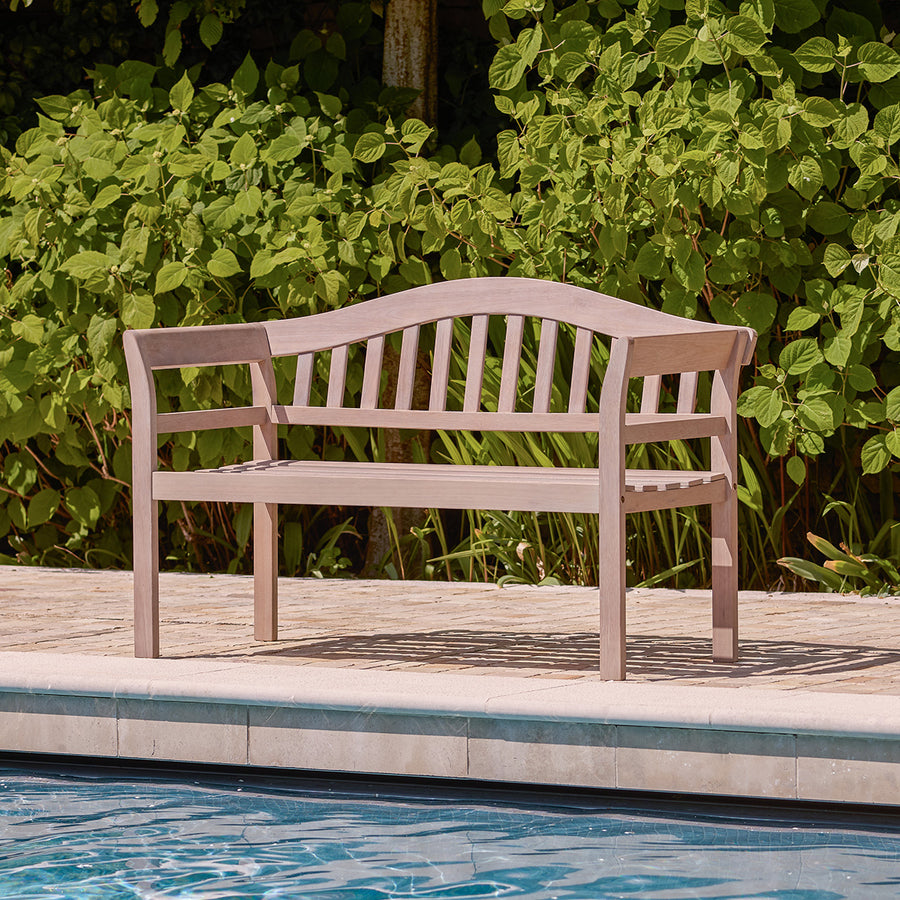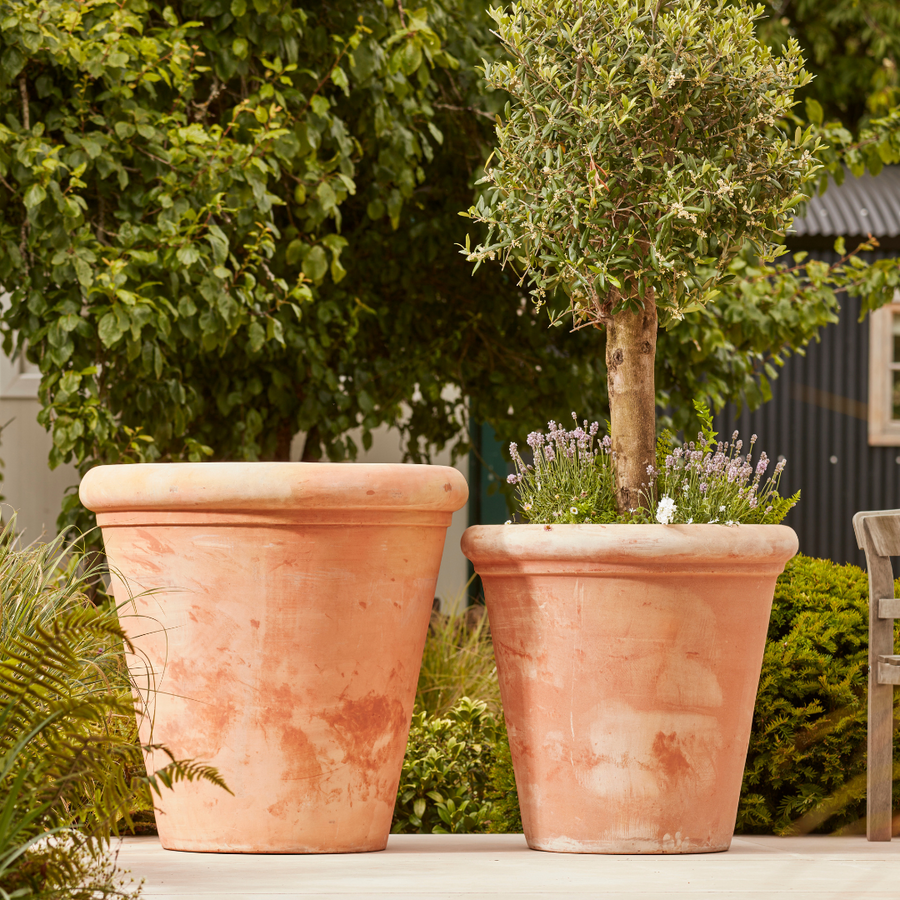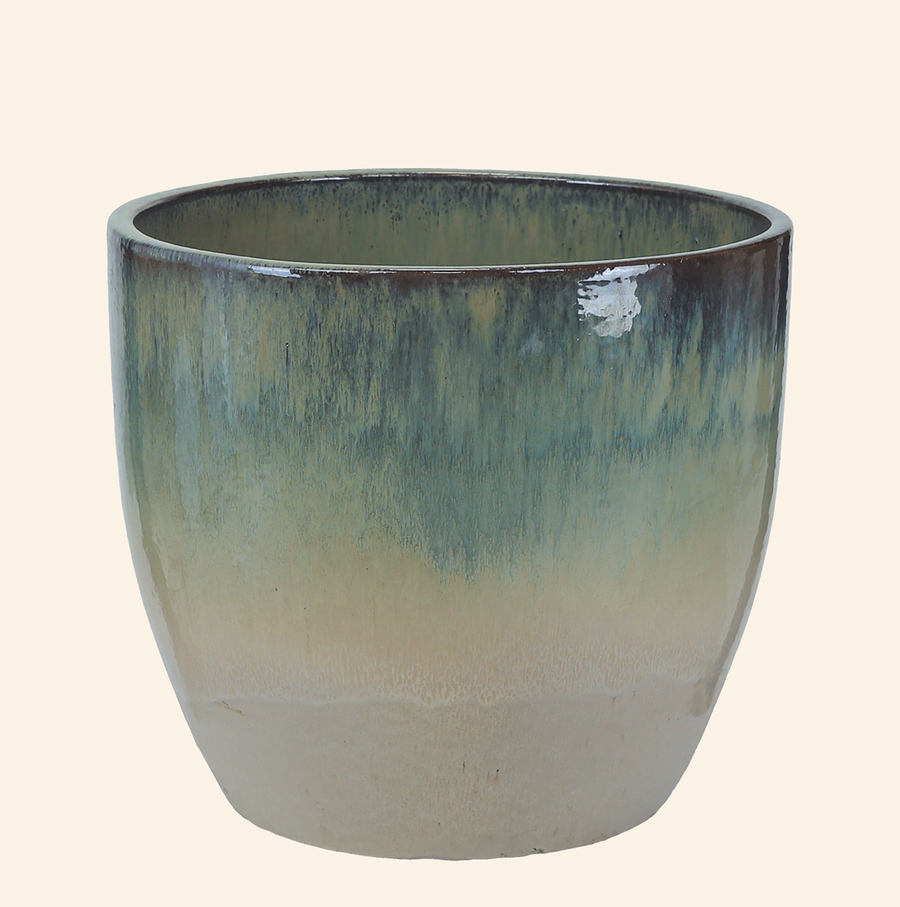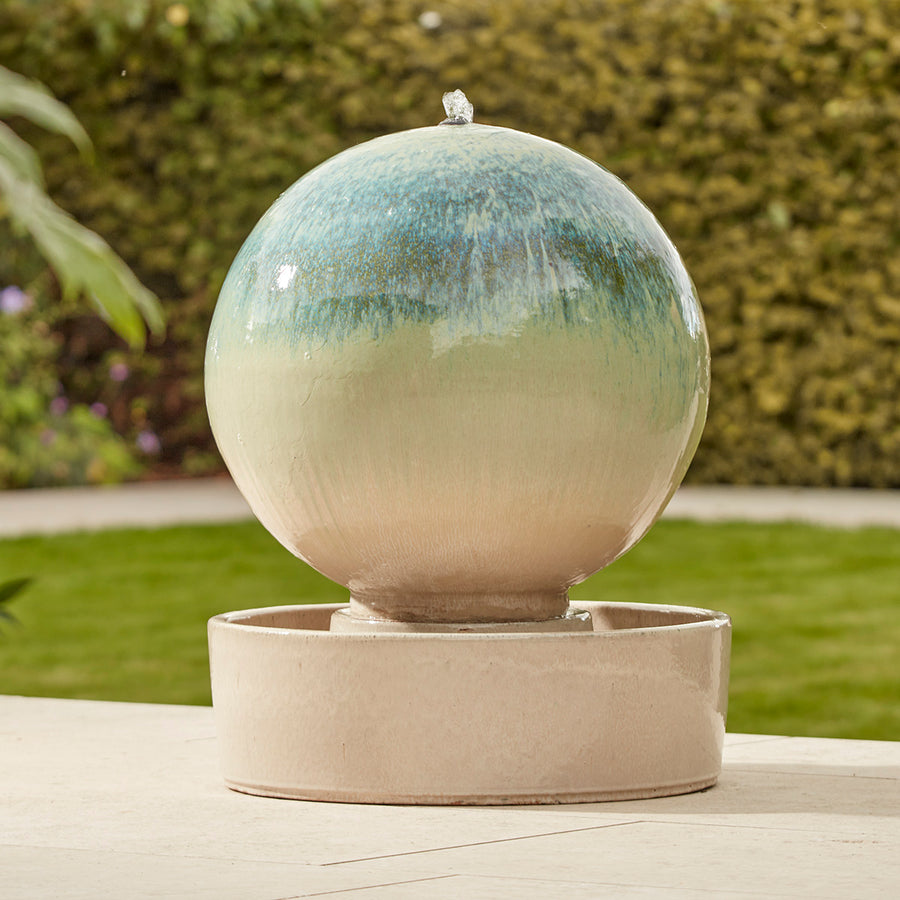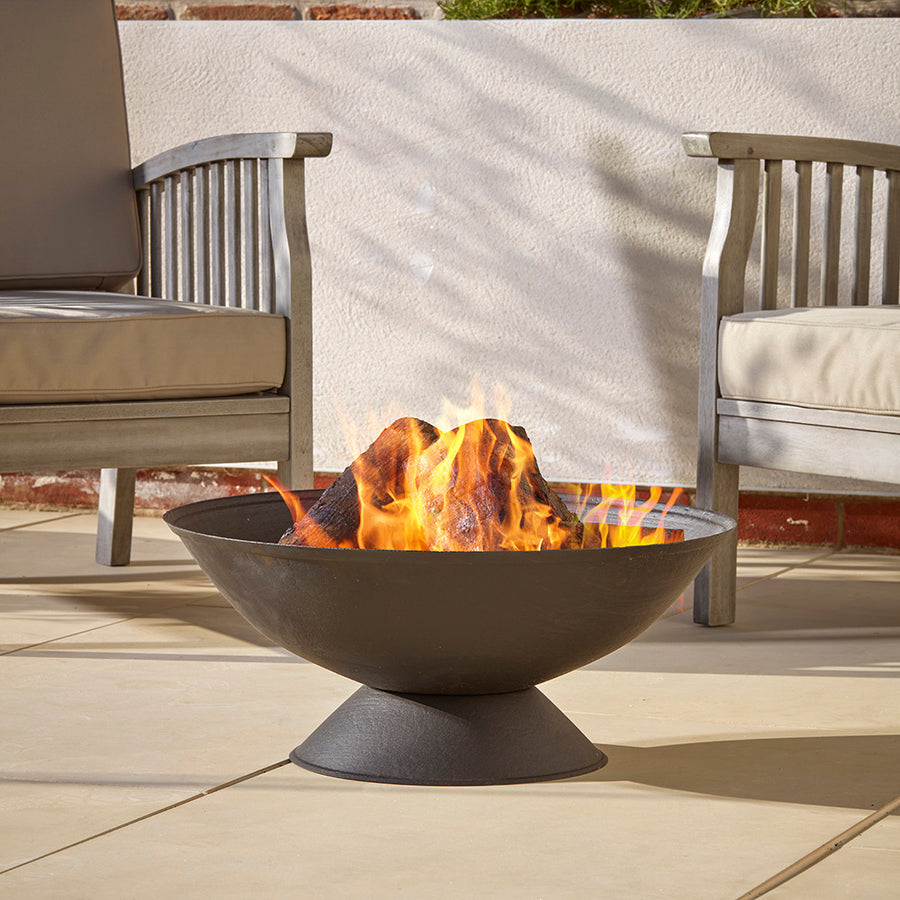How to Choose the Right Bird Box for your outdoor space
Britain is a nation of bird lovers. We love our feathered friends and it brings joy and achievement when we can engage with nature and help our garden birds live a healthy life.
Introducing a bird box to your garden is something that can make a difference to a bird’s quality of life A bird box is as vital a part of looking after the garden birds as a feeder or bird bath. With so many trees, natural borders and traditional nesting sites disappearing, it’s now more important to give our avian visitors a hand.
If you’re wondering how to choose the perfect bird box, we’ve excited to launch our new range next month and have put together a guide to ensure birds have safe and comfortable home.
Choosing
Providing nest boxes for birds in your garden is a great way to attract different species of birds. You will find that bird boxes usually come in two different types:
- With a hole at the front to protect from predators.
- Open-fronted.

The holed bird boxes tend to be most popular with your smaller garden birds such as tits and sparrows. Look for the different sized holes to accommodate different sized birds. The rule of thumb is that a small 25-28mm hole makes the perfect entrance for the tit family and tree sparrows, whilst a 45mm hole is ideal for larder birds like starlings and blackbirds.
Open fronted boxes are preferred by birds that like to nestle in the undergrowth, including robins and the song thrush.
Bird boxes should be made from an insulated material like wood, with walls at least 15mm thick to prevent warping. You can also preserve your nest box using a non-toxic, water-based treatment on the outside to protect it from damp weather.
The internal floor area of your bird box should measure at least 130 square centimetres (20 square inches) to allow the birds to lay their eggs and raise their young comfortably.
Drainage holes located at the bottom can be a useful addition as a sloped rood to help water runoff.
Positioning
We recommend positioning your bird box boxes on tree trunks or on posts that are high up and well away from predators, like cats. It is preferable to secure them on a tree with plenty of foliage to provide cover wherever possible. Boxes should be sited at around 3m high in trees, whilst open fronted boxes can be placed at around head height on walls or fences.

Do not hang your bird box in direct sunlight as the birds will not be able to deal with the heat. The recommended direction to face a nest box is between north and east, as this will provide natural protection from the different elements.
Also, we advise not to hang multiple bird boxes close together, as this may cause aggressive behaviour between avian neighbours, especially during nesting season.
Cleaning
It’s important to clean your bird boxes at the end of every nesting season. This helps to prevent the spread of avian diseases and keep your feathered friends in good health.
October or November is the prime time to clean and refresh your bird box as they are no longer occupied. The inside of your bird box should be easily accessed through the roof or through a side hatch so you can dispose of old nesting materials and give the box a thorough clean before rehanging. Always wear rubber gloves and use boiling water when cleaning as some diseases can affect humans too and dispose of your cleaning brush straight after.

Gardenesque is proud to be able to launch a brand-new bird box range due in July, with so many beautiful options to choose from.
Sign up to our newsletter to find out more and browse our range of bird feeders and baths to create the perfect haven for garden birds.


